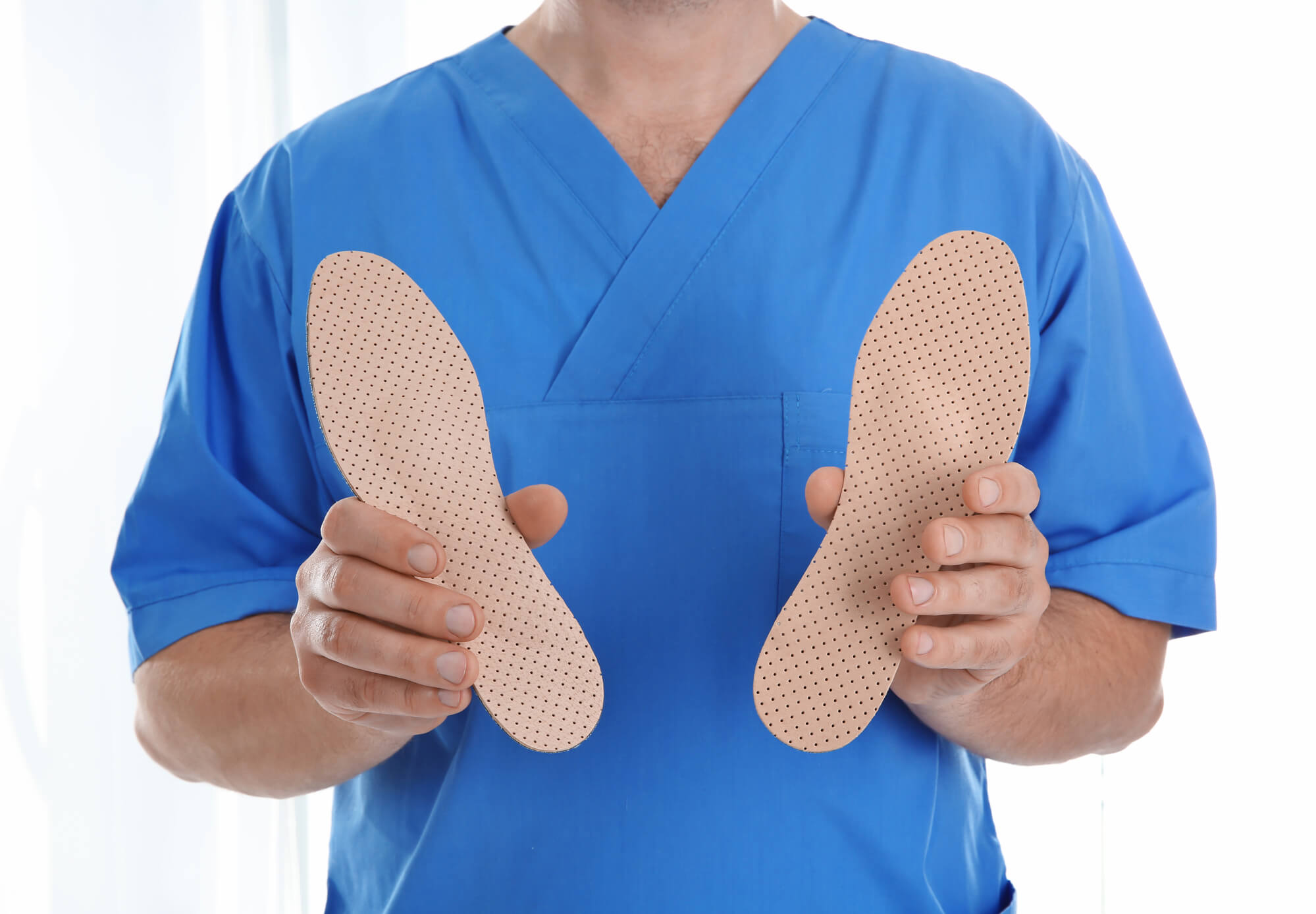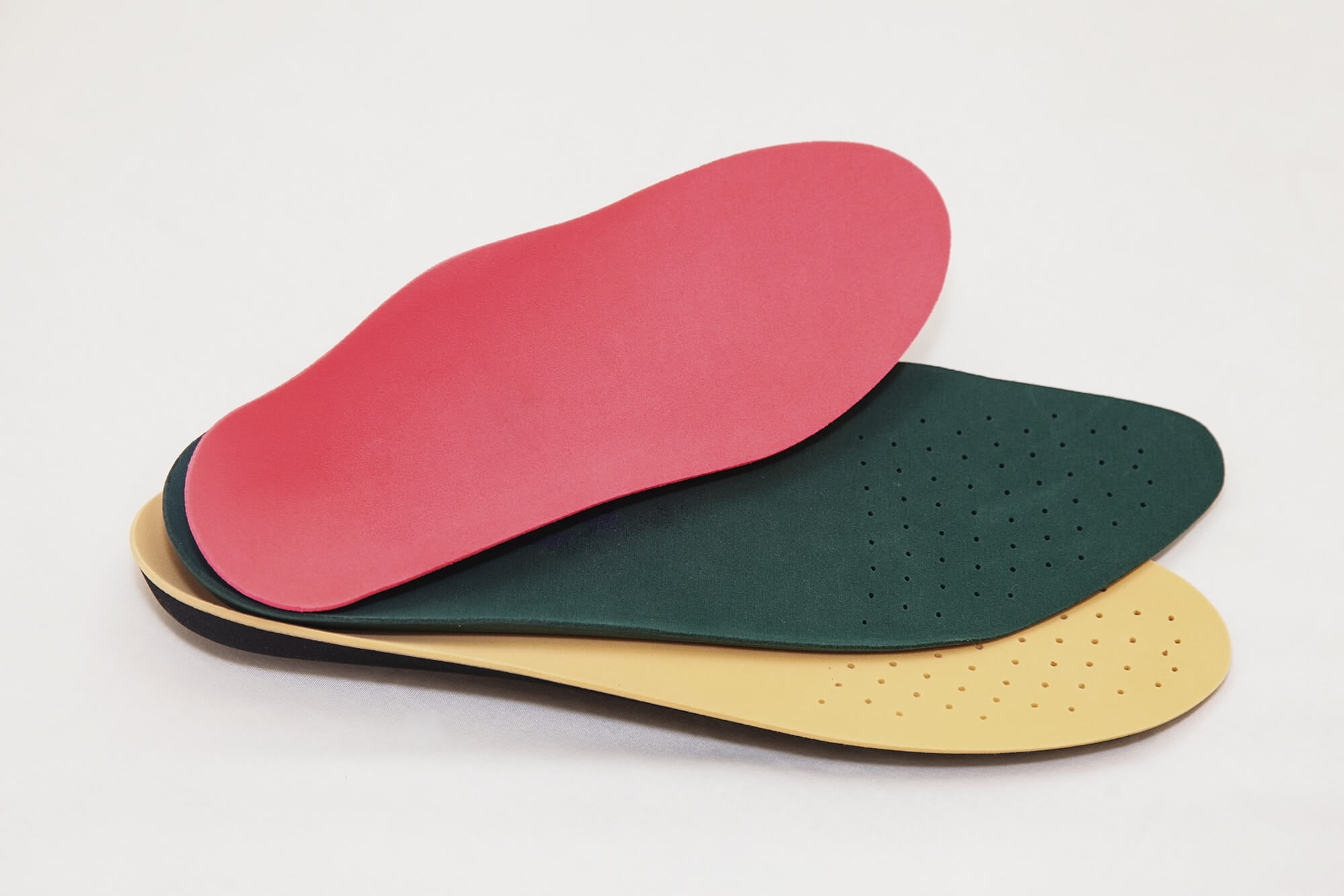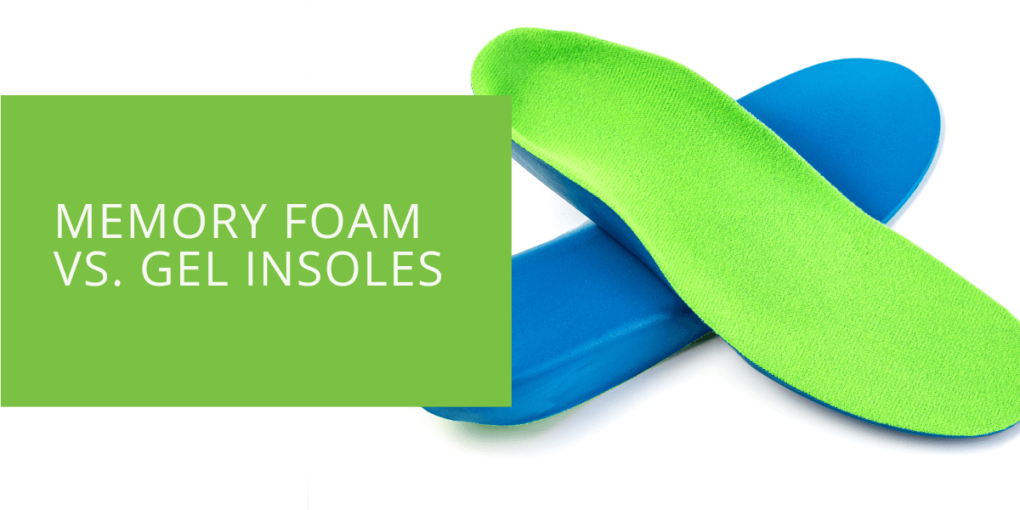Memory Foam vs. Gel Insoles
Are you tired of experiencing discomfort or foot pain while wearing shoes? Insoles can be a great solution to provide comfort and support, but with so many options available, it can be difficult to choose the right one for you. Two popular insoles are memory foam and gel, offering different benefits and drawbacks. This article will compare memory foam vs. gel insoles to help you decide the right fit for your feet.
Memory Foam Insoles
Memory foam insoles are made of viscoelastic material that responds to pressure and heat by conforming to the shape of your foot. This provides a custom fit to help alleviate pressure points and improve cushioning. Additionally, memory foam insoles are known for their durability and ability to retain their shape for long periods. They are also an excellent option for individuals who suffer from foot conditions such as plantar fasciitis, as they can help reduce the impact on the foot and provide arch support.
However, there are some drawbacks to memory foam insoles. They can be less breathable than other insoles, leading to sweaty or smelly feet. Additionally, they may not be the best option for individuals who require additional shock absorption, such as runners or athletes.
Gel Insoles
Gel insoles are made of silicone gel, known for its shock-absorbing properties. They provide a comfortable and supportive fit for the feet, and their cushioning can help alleviate pain and pressure points. Also, gel insoles can provide additional arch support, which can benefit individuals with flat feet or fallen arches.
However, gel insoles may not be as durable as other insoles and can flatten out over time. This can reduce cushioning and support, resulting in foot pain or discomfort. They may also not be the best option for individuals who require more breathability in their shoes.

Main Differences between Memory Foam and Gel Insoles
While memory foam and gel insoles offer unique benefits, the two have some key differences. Here are the main differences between memory foam and gel insoles:
- Material: Memory foam insoles are made of viscoelastic material that responds to pressure and heat by conforming to the shape of your foot, providing a custom fit. On the other hand, gel insoles are made of silicone gel, known for its shock-absorbing properties.
- Cushioning: Memory foam insoles provide cushioning by distributing pressure evenly throughout the foot, while gel insoles provide cushioning by absorbing shock.
- Durability: Memory foam insoles are known for their durability and ability to retain their shape over time. On the other hand, gel insoles may not be as durable as memory foam insoles and can flatten out over time, reducing their cushioning and support.
- Arch Support: Memory foam insoles provide excellent arch support, making them an excellent option for individuals with flat feet or high arches. Gel insoles can also provide arch support but may not be as effective as memory foam insoles.
- Breathability: Memory foam insoles may not be as breathable as others, leading to sweaty or smelly feet. Gel insoles are designed to wick away moisture and provide additional ventilation, making them a better option for individuals requiring more breathability.
By understanding the differences between memory foam and gel insoles, you can make an informed decision about which type of insole is the best fit for your feet and lifestyle.

How to Choose the Right Insoles for Your Feet
There are several factors to consider when choosing between gel or memory foam insoles. The type of foot problem you have, your lifestyle, and the type of shoes you wear can all play a role in determining which insole fits you.
If you stand or walk for long periods, memory foam insoles may be the better option for you. They provide additional cushioning and support that can help alleviate foot fatigue and pain. For individuals who require additional shock absorption, such as runners, gel insoles may be the better choice.
It's also important to consider the shape of your foot. Memory foam insoles are designed to conform to the shape of your foot, making them an excellent option for individuals with flat feet or high arches. On the other hand, gel insoles may be a better choice for individuals with normal arches, as they can provide additional arch support.
Lastly, it's essential to consider the type of shoes you wear. Memory foam insoles may not be the best option for shoes with low breathability, as they can trap moisture and cause your feet to sweat. Gel insoles may be a better choice for shoes with limited breathability, as they are designed to wick away moisture and provide additional ventilation.
Conclusion
Choosing the right insoles for your feet can significantly affect your comfort and overall foot health. By considering the benefits and drawbacks of memory foam and gel insoles and determining which one best fits your needs, you can ensure that your feet get the support and cushioning they need. Remember to take care of your feet in other ways, such as wearing proper footwear, regular stretching, and maintaining a healthy weight. Investing in the right insoles and taking care of your feet can reduce your risk of foot problems and injuries, and enjoy increased comfort and support in your shoes.

